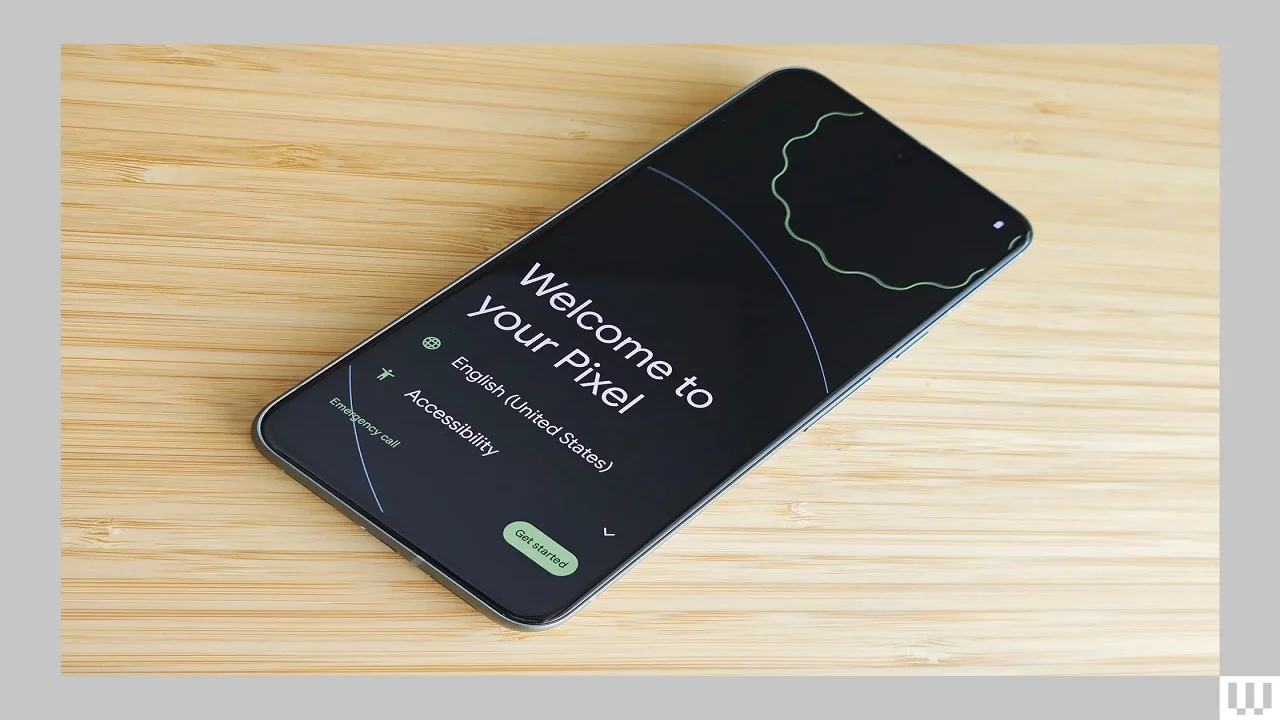Android Auto has revolutionized the way we interact with our smartphones while driving, allowing drivers to access navigation, calls, and messaging apps through their car’s infotainment system. However, a recent, unusual bug has taken the user experience on a detour. The bug causes the system to add an unexpected “Oh” at the end of WhatsApp messages read aloud through Android Auto. While this may sound like a minor quirk, it has certainly raised eyebrows among users. In this article, we’ll dive into the details of this quirky glitch, its possible causes, and some potential fixes.
Android Auto’s Voice Integration and Messaging Services
Before diving into the bug itself, it’s important to understand how Android Auto operates. Android Auto serves as a bridge between your smartphone and your vehicle’s infotainment system. It enables you to interact with apps like Google Maps, WhatsApp, Microsoft Teams, and Facebook Messenger via voice commands. This makes it a popular feature for users who want to stay connected while on the road without taking their hands off the wheel.
The speech output engine of Android Auto reads messages aloud, and while it’s typically smooth, recent reports from users have highlighted an amusing, but slightly annoying bug.
What Is the “Oh” Bug in Android Auto?
Several users have reported a strange issue where Android Auto adds the word “Oh” at the end of WhatsApp messages when they are read aloud. Initially, this may seem like a minor glitch, but it has been causing some frustration among users. This issue isn’t limited to WhatsApp; it’s also affecting messages from other platforms like Microsoft Teams, Facebook Messenger, and Google Messages.
The “Oh” appears unexpectedly after the message is read aloud, regardless of the content of the message. For example, if you receive a message that says “Hey, I’ll be there in 10 minutes,” Android Auto might read it as: “Hey, I’ll be there in 10 minutes… Oh.”
The Bug Is Not Car or Phone-Specific
One of the interesting aspects of this bug is that it seems to be widespread and is not tied to any specific car brand or smartphone model. Users with different phones—such as Samsung, OnePlus, Sony, and even the newer Nothing phone—have reported encountering the same issue. Similarly, the problem doesn’t appear to be linked to any particular car infotainment system, as it affects users across a variety of vehicles.
Why Is the “Oh” Bug Happening?
While there hasn’t been an official statement from Google regarding the exact cause of the bug, many experts believe that it stems from the speech output engine, which powers Android Auto’s voice functionality. The voice assistant, which is integral to the Android Auto experience, is responsible for reading out incoming messages. It’s likely that a malfunction or glitch in the speech synthesis is causing the engine to incorrectly add the word “Oh” at the end of some messages.
This bug is not the first instance of Android Auto encountering technical issues. In the past, users have experienced problems like connection failures, audio dropouts, and connectivity issues with apps. However, this particular bug is less disruptive and more of a curiosity—although, understandably, it can be annoying if you’re someone who relies heavily on Android Auto for hands-free communication while driving.
Impact on Users
Although the “Oh” bug may seem harmless, it has caused frustration for many Android Auto users, especially those who use the service frequently for work-related messaging. For example, individuals who rely on WhatsApp for professional communication may find the bug a bit unprofessional or distracting, particularly when the added “Oh” changes the tone or meaning of a message.
While this bug doesn’t affect the functionality of Android Auto itself, it may disrupt the user’s experience when relying on voice commands. It may also serve as a reminder of the glitches that occasionally pop up in tech systems, despite their advanced capabilities.
Possible Fixes and Workarounds
At this point, Google has not rolled out a fix for the Android Auto “Oh” bug, but there are a few ways to address the issue while waiting for a more permanent solution.
Option 1: Roll Back to an Older Version of Android Auto
One of the most common workarounds for Android Auto bugs is to roll back to an earlier version of the app. Users can find older versions of Android Auto on trusted platforms like APKMirror. This may temporarily resolve the bug, as older versions might not contain the speech output error causing the “Oh” to appear.
However, it’s important to note that rolling back to an earlier version of any app comes with certain risks. For instance, older versions may not be compatible with newer features or could have security vulnerabilities that have since been patched. If you choose this route, proceed with caution.
Option 2: Wait for a Google Update
If you’re not comfortable rolling back to an older version of the app, the best course of action may be to simply wait for Google to fix the bug. Android Auto frequently receives updates to improve performance, so there’s a good chance that this issue will be addressed in an upcoming release. In the meantime, you can continue using Android Auto with the “Oh” glitch, which might not be a deal-breaker for everyone.
Option 3: Ignore the “Oh” and Continue Using Android Auto
For those who don’t find the glitch particularly disruptive, the simplest solution may be to simply ignore it. The “Oh” is not a critical issue, and it does not affect the primary functions of Android Auto. If the bug is more of an annoyance than a hindrance, you can carry on using the system as is, with the expectation that Google will address it sooner or later.
When Will Google Address the Bug?
As of now, there is no official word from Google on when a fix will be released for the “Oh” bug in Android Auto. The company’s development teams are likely aware of the issue, as it has been widely reported by users. Given that this bug is relatively low-priority compared to other technical issues, such as connectivity problems, it may not be fixed immediately. However, users should expect a resolution in future updates, and it is likely that the company will address this glitch in a timely manner.
Impact on the Future of Android Auto
Despite this quirky bug, Android Auto continues to be a valuable tool for drivers. It integrates seamlessly with a variety of apps, offering a safe and hands-free way to interact with your smartphone while on the road. The occasional technical hiccups are part of the growing pains associated with such a highly integrated system. As more people adopt Android Auto, it’s likely that the system will continue to evolve and improve.
The bug itself is a reminder that no technology is perfect. However, with Android Auto’s widespread usage and regular updates, it’s safe to assume that this issue will be resolved soon, allowing users to get back to their driving experience without any unexpected interruptions.
Frequently Asked Questions (FAQs)
1. Why is Android Auto adding “Oh” at the end of my WhatsApp messages?
This bug is caused by an issue in Android Auto’s speech output engine, which reads aloud messages. It is not tied to any specific device or vehicle but affects multiple platforms, including WhatsApp, Microsoft Teams, and Facebook Messenger.
2. Is this problem specific to certain phone brands or car brands?
No, the issue has been reported by users across various devices and car brands, including Samsung, OnePlus, and Sony. It is not exclusive to any specific combination of hardware.
3. How can I fix the “Oh” bug on Android Auto?
You can either roll back to an older version of Android Auto, wait for a Google update that addresses the issue, or simply ignore the extra “Oh” until a fix is released.
4. Does the “Oh” bug affect Android Auto’s main functionality?
No, the “Oh” bug doesn’t affect Android Auto’s core functions such as navigation, calls, or messaging. It only impacts the way messages are read aloud.
5. Will Google release a fix for this bug soon?
While there has been no official statement from Google, it is likely that the company will address the bug in a future update. Android Auto is regularly updated, so a fix should be available in due time.
ALSO READ:



